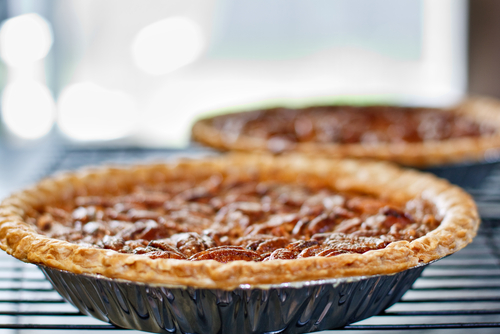
Sweet potato pie is a staple of the American South. But sweet potatoes go back centuries in South America, where records show them being consumed in Peru as early as 750 BC. There’s even some evidence to suggest that they go back as far as 2500 BC! Sweet potatoes were a common part of the everyday diet by the 1400s in Central and South America. Colonists from Spain then carried sweet potatoes to Europe, where they were called just plain potatoes.
The term sweet potato was popularized in the 1700s by American colonists. In England during the times of King Henry VIII, the sweet potato was believed to impart courage and sexual prowess, and the king regularly ate sweet potato pie with spices.
Meanwhile, in the United States, slaves in the antebellum South used sweet potatoes to make a pie for themselves and their affluent masters. Sweet potato pies caught on because they could be made year-round and easily stored, and an entire pie could be made from one large sweet potato. Want to make the perfect sweet potato pie? Here are the most common slip-ups and how to avoid making them.
1. Wrong Pan
You want to start off right when making a sweet potato pie. One of the first and biggest mistakes people make when baking a sweet potato pie is selecting the wrong pan. Contrary to popular belief, the traditional pie pan is not the best one to use for all pies! For custard-based pieces, of which sweet potato pie is one, the tart pan actually works better.
The pie pan is too deep and using it often results in an undercooked pie, as the filling is several inches high. The center just can’t quite get completely done. You will either have to cook extra time and risk burning the crust or accept that you are going to have more moisture and for lack of a better word, gooeyness than most people prefer. It’s worth taking the time to go to the store and ensure you have a tart pan on hand before you begin.